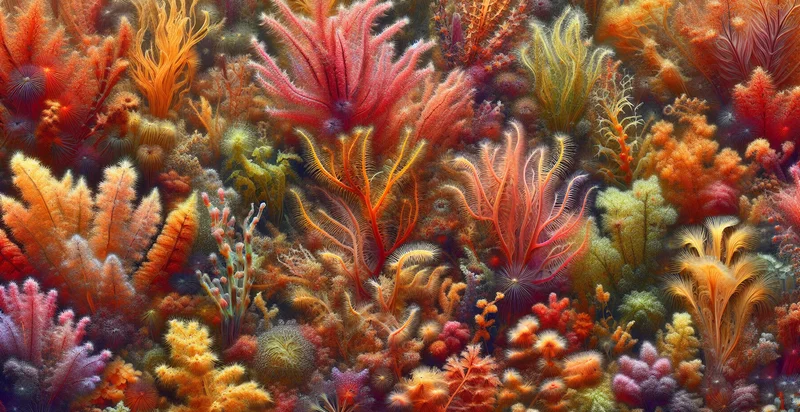Identify algae species
using AI
Below is a free classifier to identify algae species. Just upload your image, and our AI will predict what species of algae it is - in just seconds.

Contact us for API access
Or, use Nyckel to build highly-accurate custom classifiers in just minutes. No PhD required.
Get started
import nyckel
credentials = nyckel.Credentials("YOUR_CLIENT_ID", "YOUR_CLIENT_SECRET")
nyckel.invoke("algae-species", "your_image_url", credentials)
fetch('https://www.nyckel.com/v1/functions/algae-species/invoke', {
method: 'POST',
headers: {
'Authorization': 'Bearer ' + 'YOUR_BEARER_TOKEN',
'Content-Type': 'application/json',
},
body: JSON.stringify(
{"data": "your_image_url"}
)
})
.then(response => response.json())
.then(data => console.log(data));
curl -X POST \
-H "Content-Type: application/json" \
-H "Authorization: Bearer YOUR_BEARER_TOKEN" \
-d '{"data": "your_image_url"}' \
https://www.nyckel.com/v1/functions/algae-species/invoke
How this classifier works
To start, upload your image. Our AI tool will then predict what species of algae it is.
This pretrained image model uses a Nyckel-created dataset and has 44 labels, including Anabaena, Aphanizomenon, Aphanothece, Aulacoseira, Ceratium, Chlorella, Chondrus, Cladophora, Coccolithus and Cryptomonas.
We'll also show a confidence score (the higher the number, the more confident the AI model is around what species of algae it is).
Whether you're just curious or building algae species detection into your application, we hope our classifier proves helpful.
Related Classifiers
Need to identify algae species at scale?
Get API or Zapier access to this classifier for free. It's perfect for:
- Environmental Monitoring: The algae species identifier can be utilized by environmental agencies to monitor water quality in lakes, rivers, and oceans. By accurately classifying the types of algae present, agencies can assess ecological health and detect harmful algal blooms that may pose risks to aquatic life and human health.
- Aquaculture Management: Fish and shellfish farms can employ the algae species identifier to optimize their feeding practices. By identifying beneficial algae species, farmers can enhance growth rates and health of their stock while avoiding harmful blooms that could lead to significant losses.
- Recreational Water Quality Assessment: Municipalities can use the algae species classification function to ensure the safety of recreational waters like beaches and swimming pools. By identifying dangerous species, officials can issue timely warnings to the public, protecting community health.
- Research and Development: Academic institutions and research organizations can leverage the algae species identifier to facilitate studies on algae biodiversity. This data aids in understanding ecosystem dynamics and informs conservation efforts by identifying species of interest for research.
- Climate Change Studies: The identifier can assist climate scientists in tracking changes in algal communities over time as indicators of climate change. By analyzing shifts in species distribution, researchers can gather valuable insights into broader environmental impacts and develop adaptive management strategies.
- Bioremediation Projects: Environmental consultants can use the algae species identifier to design bioremediation interventions that target specific pollutants in water bodies. By selecting the right species that naturally absorb toxins, they can effectively restore water quality in affected areas.
- Commercial Algae Cultivation: Entrepreneurs in the algae industry can utilize this function to identify and select high-value algae species for cultivation. By ensuring they grow the most desirable species, businesses can optimize their production for food, biofuels, or cosmetics, thus increasing profitability and sustainability.


